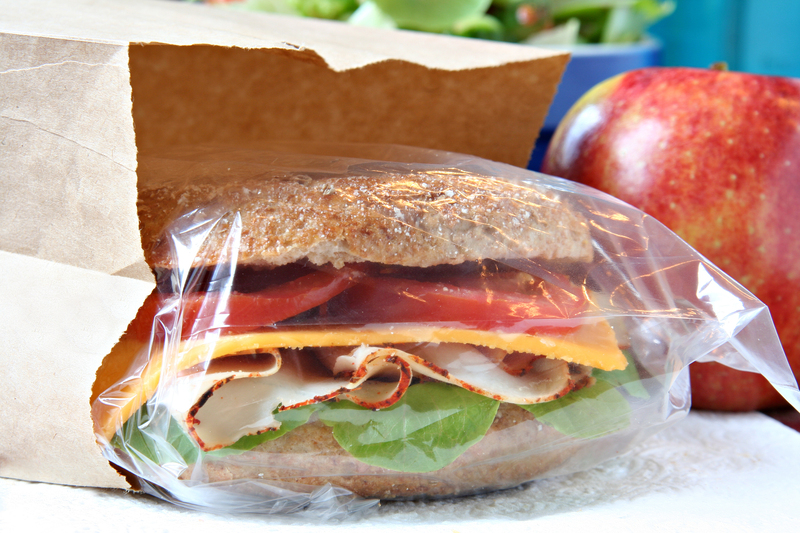Common Mistakes to Avoid When Moving Your Bed and Mattress
Relocating to a new home is both thrilling and taxing. Among the key tasks you'll face during this process is moving bulky furniture--especially your bed and mattress. A smooth move not only prevents injuries and damages but also ensures a restful night's sleep at your new place. However, many people make typical errors in mattress and bed transportation that can cost them time, money, and comfort.
In this comprehensive guide, we'll uncover common mistakes to avoid when moving your bed and mattress. We'll provide expert-backed tips, discuss proper moving procedures, and help you enjoy a hassle-free moving day.

Why Focusing on Proper Bed and Mattress Handling Matters
Your bed and mattress are essential investments for your comfort and health. Mishandling them during a move can lead to:
- Structural damage that shortens lifespan
- Dirt, stains, or infestations if not protected
- Bodily injury from improper lifting
- Unnecessary replacement expenses
- Discomfort and sleepless nights in your new home
To avoid these problems, it's crucial to understand common bed and mattress moving mistakes and learn how to sidestep them.
Most Frequent Mistakes When Moving Beds and Mattresses
1. Failing to Measure Doorways, Hallways, and Staircases
One of the most frequent errors movers commit is not measuring their mattress and bed frame dimensions in comparison to doorways, corridors, and stairwells. This oversight can lead to:
- Scratched walls or doors
- Damaged mattress or frame
- Getting the bed stuck
Tip: Always measure both the bed components and the passageways at both the old and new locations before the moving day. Disassemble oversized furniture or plan an alternative route if necessary.
2. Not Disassembling the Bed Frame Properly
Attempting to move an entire bed frame--as opposed to breaking it down into manageable pieces--is a common misstep. Beds are often too large or awkwardly shaped to navigate safely.
- Disassemble the bed into headboard, footboard, side rails, and slats.
- Keep all screws, bolts, and hardware in labeled bags, perhaps taped to one of the frame parts.
- If possible, take photos of the bed pre-disassembly for easier reassembly.
3. Skipping Mattress Protection
Mattresses are highly susceptible to damage from dirt, moisture, and sharp objects. Many movers neglect to cover them adequately, resulting in stains and tears.
What to do:
- Purchase a plastic or fabric mattress bag--these are inexpensive yet vital.
- Seal the bag properly to keep out dust, insects, and moisture.
- For long-term storage or long-distance moves, consider additional wrapping using moving blankets.
4. Carrying the Mattress Incorrectly
A mattress is flexible yet heavy and awkward. Dragging, folding, or rolling it can cause irreversible damage.
- Never fold or bend innerspring or hybrid mattresses, as it can break internal coils.
- Carry the mattress upright and support it from both ends.
- Use mattress straps or a mattress sling for easier transportation.
5. Neglecting to Clear a Safe Path
Cluttered hallways or stairs can transform a straightforward task into a hazardous one, heightening the risk of tripping or dropping items.
- Clear the path entirely before you begin moving your bed components.
- Check for hazards--wires, loose rugs, slick floors.
- Prop doors open to facilitate smooth movement.
6. Attempting to Move Heavy Items Solo
Overestimating your strength and trying to maneuver a bed or mattress alone is a recipe for back injuries and accidents.
- Get at least one assistant, especially for king or queen-sized beds.
- Use proper lifting techniques: bend your knees, keep your back straight, and lift with your legs.
- Consider hiring professional movers for particularly heavy or valuable pieces.
7. Using the Wrong Equipment
Carrying a mattress or bulky bed parts manually without the right equipment makes things unnecessarily difficult.
- Rent or buy a furniture dolly or hand truck.
- Use moving straps, sliders, or even furniture lifting harnesses.
- Moving blankets add protection for both the bed and your walls.
8. Forgetting to Secure Items in the Moving Truck
Loose beds or mattresses in a moving vehicle can slide, fall, or acquire damage during transit. Improperly secured items can even cause road hazards.
- Lay the mattress flat if possible, or stand it on its side and wedge it securely.
- Use ratchet straps or ropes to prevent shifting.
- Position the bed frame against the truck wall, ideally wrapping it in moving blankets.
9. Ignoring Climate and Weather Conditions
Moving in the rain or high humidity without protection leads to wet mattresses and warped bed parts. Exposure to sun can fade or damage materials too.
- Check the forecast and prepare accordingly with tarps or waterproof covers.
- Avoid long exposure to direct sunlight when packing or unloading.
- If necessary, delay your move until conditions improve.
10. Not Considering Special-Luxury or Adjustable Beds
Specialty beds, like adjustable bases or luxury frames with electronics, require extra care during disassembly, packing, and transit.
- Consult your owner's manual or manufacturer's website for moving tips.
- Disconnect and wrap cords separately, labeling them with painter's tape.
- If necessary, hire a moving professional with experience in specialty beds.
Additional Bed and Mattress Moving Tips
- Clean your bed and mattress before moving to avoid transporting dust and allergens to your new home.
- Let your mattress air out for a couple of hours once unwrapped to eliminate any trapped odors.
- Label all bed frame parts for easier assembly at your destination.
- Take photos during disassembly to guide reassembly, particularly for complex luxury beds.
- If your mattress is nearing replacement age (8-10 years), consider disposing of or donating it rather than moving it.
Expert Advice: When to Call Professional Movers
Sometimes, the safest route is leaving complex or heavy furniture transportation to the experts. Here's when you should strongly consider hiring a moving company:
- You own a large, heavy, or antique bed
- The move involves tight spaces, stairs, or long distances
- Your mattress is a luxury or specialty model
- You lack necessary equipment or help
- You simply want to protect your investment and avoid physical strain
How to Prepare Your Bed and Mattress for Moving
Step-by-step Moving Checklist
- Strip the bedding and clean your mattress and frame.
- Take photos of the bed setup for reference.
- Carefully disassemble the frame, keeping hardware together and labeling parts.
- Pack and seal the mattress in a proper protective bag.
- Check mattress size against doorways and staircases; plan the exit route.
- Clear paths to the moving truck--remove obstructions, prop doors open.
- Use the right tools: dollies, straps, moving blankets.
- Secure the mattress and frame inside the truck. Wedge items to prevent movement.
- Reassemble using your photos and labeled bags once you arrive.
- Allow mattress to air and expand before remaking the bed.

FAQs on Bed and Mattress Moving Mistakes
Can you roll up or fold a mattress for moving?
Memory foam mattresses can sometimes be rolled for short periods, but innerspring and hybrid mattresses should never be folded or bent, as this can cause permanent damage.
How do you keep a mattress clean during a move?
Mattress bags are affordable and essential for keeping dirt, dust, bugs, and moisture out. Moving blankets and plastic wrap add further protection during transit.
How many people do you need to move a king mattress?
At least two adults are recommended, as king-sized mattresses are especially heavy and unwieldy.
How long should you wait to sleep on your mattress after moving?
Allow your mattress to air for at least 1-2 hours after unwrapping to let any compressed areas recover, especially if you have a foam or boxed mattress.
Conclusion: Move Your Bed and Mattress the Right Way
Relocating your bed frame and mattress doesn't have to be stressful. By identifying and avoiding these common bed and mattress moving mistakes, you can prevent damage, injury, and unnecessary expense. Take time to plan ahead, use the proper materials and equipment, and follow expert guidance for specialty beds or mattresses.
Your good night's sleep starts with a well-executed move--so handle your mattress and bed with care!
For more helpful moving tips and to ensure your precious belongings stay safe during your transition, keep browsing our expert guides.



